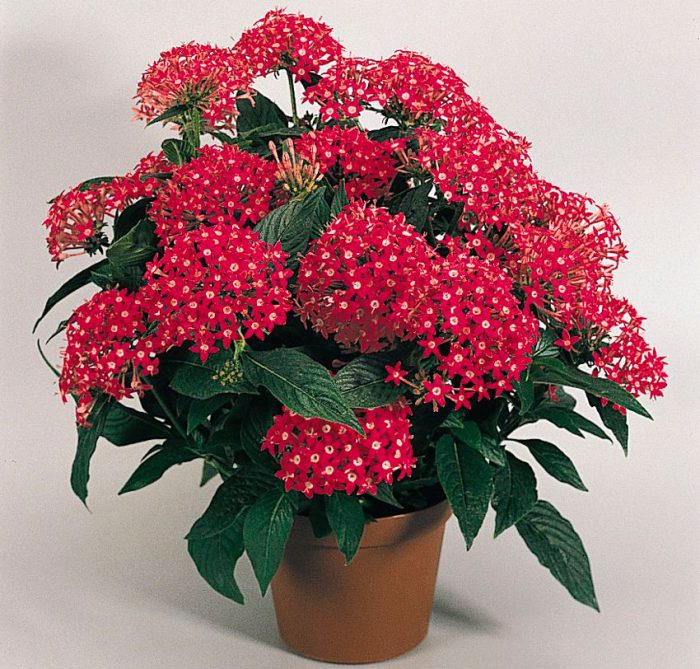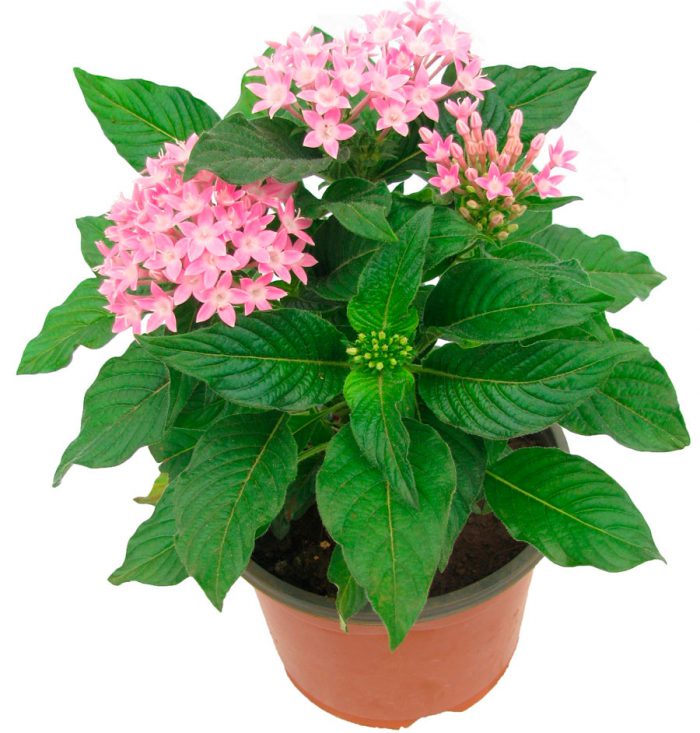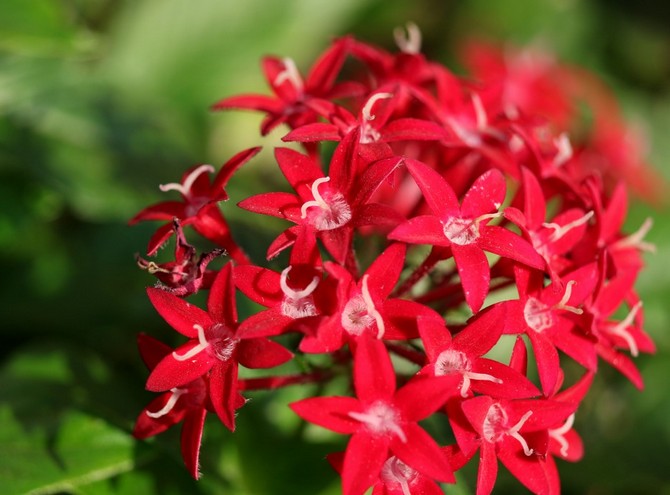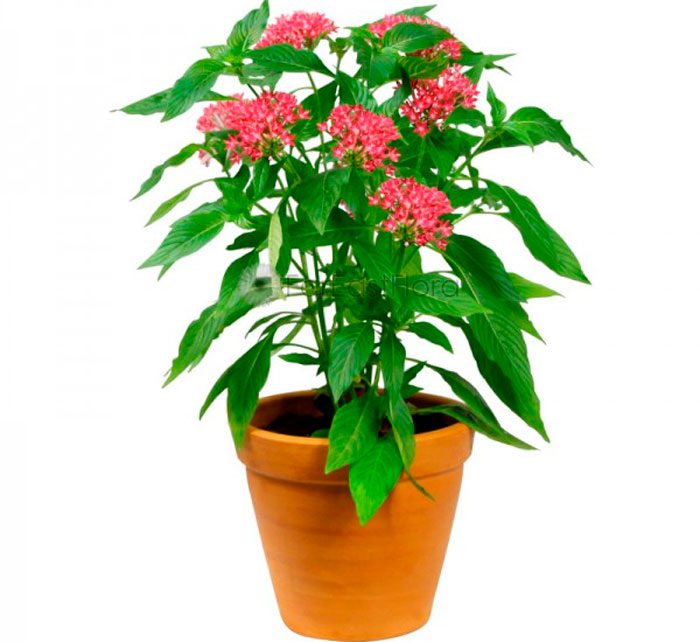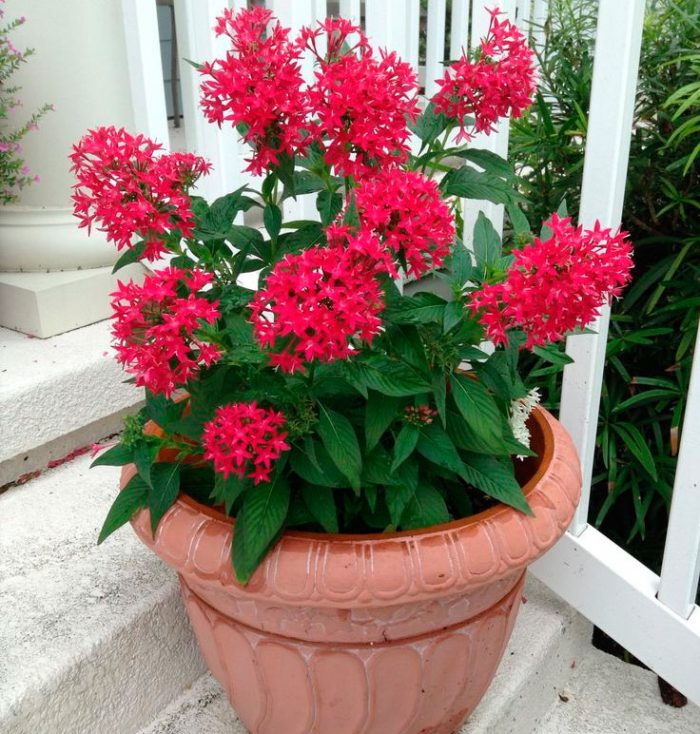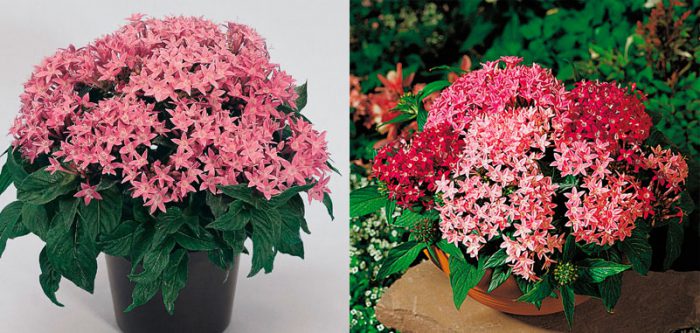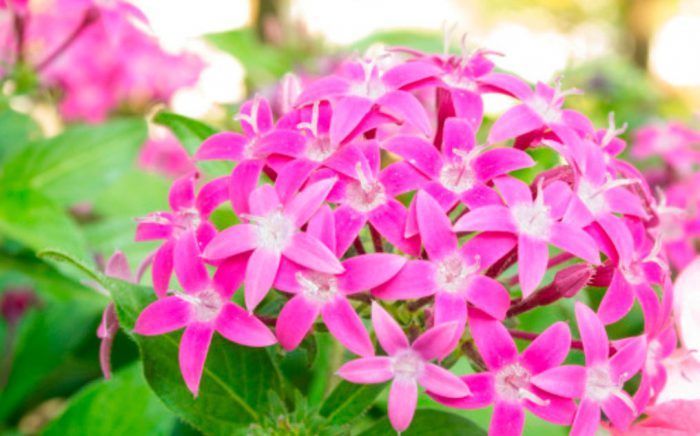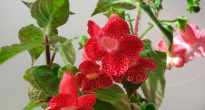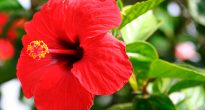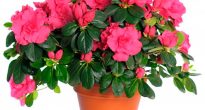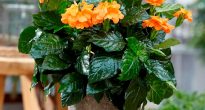This is a flower that blooms during periods when there is a lack of sunlight, and there is practically no greenery on the street and gives off the arrival of winter. From October to February, only some ornamental plants that stand on the windowsill and have not shed their foliage, like their distant counterparts that are on the street, are pleasing to the eye. Here one cannot but pay attention to the pentas, which not only warms the soul with the presence of greenery, but simply explodes the human consciousness with the appearance of its flowering hat, as if with an explosion of a multi-colored fireworks on New Year's Eve. At the moment of appearance of such a hat, strewn with inflorescences - five-pointed stars, one cannot help but fall in love with this flower, which seems to say that winter will definitely end.
Many growers call the pentas a bouquet in a pot or an Egyptian star. One cannot but agree with this, since even one pot with this flower is enough to cheer up. If we consider that the bouquet can have completely different colors, then in this regard, he has no equal.
To properly care for the Egyptian star, you should know certain subtleties.
Content
Pentas care at home
Under indoor conditions, to a greater extent, lanceolate (lanceolate) pentas is grown, on the basis of which many hybrids have been bred with various shades. This plant is also interesting because the seeds of the pentas are of the same color; soon you can get “offspring” with different color shades.
In one season, the pentas can bloom several times, making small stops for rest. If you feed it regularly, then the flowering periods can be increased, but this should not be abused, since this flower constantly needs rest and this can be seen by its appearance. If you give him periods of rest, then each time the pentas will bloom with renewed vigor.
Location and lighting
The most suitable place for this flower is the southern window, with the presence of a sufficient amount of light, but after a long winter period, it is not advisable to immediately expose the pentas to direct sunlight, since the leaves may burn.
The flower should be taught to full sun rays gradually. In the summer, if possible, it is better to transfer the pentas to the garden. If this is not possible, then you can go to the loggia or to the balcony. As a last resort, you can organize regular ventilation of the room.This is probably the only indoor ornamental plant that is not afraid of drafts, especially summer ones.
Temperature regime
The optimum temperature for the pentas is 20-25 ° C, but not more. At higher temperatures, the leaves begin to wilt and the stems stretch upward, after which they lose their stability.
Watering
If, starting in spring, the watering of the pentas is increased, then by the summer you can get a flowering plant. The water should be defended, and its temperature should be at room temperature. In order for the flower to develop and bloom normally, it is necessary to apply complex mineral fertilizers for flowering, with a predominance of phosphorus, which stimulates the formation of buds. In the autumn-winter period, watering is reduced, but not stopped. As a result of a lack of moisture, the leaves of the pentasa will quickly turn yellow.
Air humidity
For this, plants such an indicator is of great importance. The humidity around this flower should be about 60%, which is a lot, as for the conditions of modern apartments. In order to somehow bring the conditions closer to the required ones, it is advisable to often bathe (spray) the flower with soft water. In this case, you need to make sure that water does not get on the flower. Very good results can be obtained by pouring expanded clay or moss into the pallet, and then moisten them. It is very important that the flower pot is at a certain distance, then you can get the desired moisture within the flower.
Transfer
This plant will not be able to develop normally without frequent transplants. The flower develops very quickly, which results in many young shoots, which in turn leads to an increase in root mass, so that the plant feels comfortable, it should be transplanted into a larger pot. Young pentas require annual replanting, and older plants as needed.
If the flower is regularly rejuvenated, then there is no point in replanting it.
Soil requirements
It is better if this plant will be planted in a ready-made, purchased substrate for decorative deciduous plants. This flower does not like soils, which contain various salts.
Bush shaping
It is necessary to control the growth of the pentas from the first days of planting, as it grows in any unpredictable directions, which leads to a loss of decorative effect. To get a neat bush, you should constantly pinch the shoots that begin to emerge from the aesthetic image of the flower.
Pruning should be done in the intervals between its increase.
Reproduction
Many growers claim that pentas is an annual plant and this is true. But its lifespan can be increased to 3 years, if you carry out constant rejuvenation. Therefore, it is necessary to take this factor into account and always have young cuttings or seeds in stock. This flower can bloom both in winter and in summer, but its main purpose is classic blooming in winter. After all, in winter there are so many different colors, in contrast to the summer period. Therefore, all the efforts of the grower should be aimed at ensuring that the flower pleases those around with its flowering in winter.
If the pentas is planted in the garden, then it is natural that it will bloom in the summer, along with all the flowers located in the flower bed.
The best way to propagate a garden pentasa is by planting seeds (through seedlings). It grows rapidly and can be planted in the ground as early as May. For indoor cultivation, the option with rooting cuttings in damp earth or in water is better suited.
Leisure conditions
Pentas from time to time needs to be left alone and he, somewhere in a secluded place, was able to accumulate a little strength and energy. To please others with unique flowering again. But it’s not that easy. Finding a suitable room for a pentas in the summer is a challenge. The most suitable place for him at this time may be the cellar.Before moving to a cool (relatively cool) location, the flower should be pruned and all buds removed. Watering should be reduced, but the soil should not dry out.
Somewhere in August, the Egyptian star is taken out of the cellar and transplanted into a new pot, after which it is installed on the north window. After that, the plant needs to be watered more actively. During the autumn period, it is actively growing and gaining strength to bloom again, as before.


Watch this video on YouTube

